Thaba Bosiu is one of the most special places to visit during your Lesotho tour. It is considered the birthplace of the Basotho nation, and the country’s major historical events have taken place there, and you can also find the country’s major kings buried there.
At the foot of the mountain, you will find the recreation of a traditional Basotho village, with its circular houses made of mud and a museum that explains in more detail the characteristics of this people who live in the mountains of southern Africa. In addition, there is an amphitheater where there are often singing and dancing performances typical of the Basotho culture.
Thaba Bosiu is the most important historical, spiritual and cultural site in the country. On this mountain, King Moshoeshoe I established his fortress in 1824 to protect his people from the various wars, and founded what is now known as Lesotho.
Its visit is mandatory if you are in the country and want to know the history of one of the groups (the Basotho people) that has managed to remain more united to its country and its culture, unlike many other African countries where we are found different cultural expressions and where different tribal clans live together.
How to get there?
Thaba Bosiu is 1,804 meters above sea level, and in one day you can very well combine its visit with the Ha Kome caves (to see our experience, you can click here). It is located about 25 kilometers from Maseru, the capital of the country.
If you’re coming from Malealea, Maseru or Semonkong, you can get there by taking the turn off from Makhalanyane on the A3 (the road from Maseru to Rome and Semonkong), which is just 6 kilometers before (or after, depending on which way you travel) to reach the junction with the A2. From there, you will have to drive 9 kilometers along a wide road in good condition until you reach the Thaba Bosiu site where you can park your car.
If you come from the north, that is from the area of Leribe (also known as Hlotse) or Butha-Buthe, you will have to take the main road A1 towards Maseru to the town of Teyateyaneng. There, just past the town you will have to turn left onto a secondary road, which is also paved, and which passes through a small town like Mahatlanes. After about 18 kilometers, if you go to the Ha Kome caves, you should turn left, but we will follow the road itself for another 26 kilometers until we reach Thaba Bosiu. This secondary road is in good condition and passes through different rural towns, before reaching the most mystical and historic mountain in the country.
Permits and prices
The site is open every day from 6:00 a.m. to 10:00 p.m., and it is highly advisable to visit with a guide, as this way you will learn all the details of the Basotho culture and its history, which is one of the most interesting we have heard during our trip to Africa, together with the visit to Great Zimbabwe (you can read about our experience here). The entrance to Thaba Bosiu costs 80 malutis per person, and here you will have to add a tip if you want to leave it to the guide accompanying you.
The story of Thaba Bosiu
In the following lines, we will try to summarize the different events that took place on this very special mountain in the country. Anyway, the best way to get to know this place is to go there and step on the mountain where the people of Lesotho took refuge, and where you can also see the different kings of the country buried.
The name Thaba Bosiu etymologically means “mountain at night”. The name comes from a legend that narrates the story of some traditional doctors who decided to burn a rope made of grass that went around the mountain, and with what they managed to make the mountain, during the night, get higher and higher making it impossible for his enemies to reach it. Also, it is said that Thaba Bosiu is called that because the king and his followers arrived there at night. We like more the mystical story that says that the mountain, during the night, gets higher and higher.
King Moshoeshoe I was from Leribe. He was a peaceful warrior, the son of the chief of the Kuena clan, who was part of one of the 16 different clans that lived in the lands of present-day Lesotho. He was trying to preach peace between the different clans who were fighting because of the lack of resources, but when he saw that he was not achieving his goals, he decided to unite the different clans through the following strategy: marry people from different clans many times in order to be part of it. He married 140 wives and had a great multitude of children; and managed to unify all the groups living in Lesotho.
Towards the decade of the 20s of the 19th century, the Zulus who came from South Africa had begun a great territorial expansion (known as Mfecane, which means crushing in Zulu) conquering different territories in the region, among them, that of Lesotho. In that area of Africa, apart from the Zulus and other smaller clans, there were also different European armies such as the Boers or the British who wanted to conquer new territories. All of this caused a lot of instability in the region that is now part of Lesotho.
King Moshoeshoe I, who was proclaimed monarch in 1822, walked for 9 days with different warriors from the clans living in Lesotho and took refuge in the mountain of Thaba Bosiu from enemy attacks, where the year 1824.
From there, the king and his warriors were able to protect themselves from all attacks, not only because it was a natural fortress, being a mountain located in the middle of a plain; but also because he had everything necessary to survive: water, provisions and livestock. From there, King Moshoeshoe I was able to repel all enemy attacks. Finally, however, in 1868, he asked for protection from the British Empire to help them against the South African Boers. King Moshoeshoe I died two years later, in 1870.
King Moshoeshoe I coincided during his reign with King Shaka of the Zulus. In the southern region of Africa there were two kingdoms that fought against the different clans and the European powers. Anyway, the forms were very different: Shaka stood out for being a fierce and violent warrior; while Moshoeshoe stood out for his strategy and diplomacy. They say that these two kingdoms did not end up facing each other directly or violently because Moshoeshoe gave gifts like cows or food to Shaka (knowing that he was much more violent and powerful in terms of strength than him); and he helped him escape those local warriors who wanted to confront the Basotho king.
Later, one of the sons and successor of the first king of Lesotho, Letsie I, confronted the British. It was around 1880 and the Basotho people managed to keep their territory from being annexed to the South African Union, and for that reason, they remained independent until today.
One of the traditions that existed when some of the enemies went up “in peace” to the mountain of Thaba Bosiu to talk to King Moshoeshoe I, was to leave their weapons down. Because of this, today there is a tradition where visitors pick up a stone and leave it on the ground symbolizing that they come for peaceful purposes. When you leave the stone, you must say: “Lihomo murramuhashal” (which means peace to the king’s son).
In addition, on that mountain we can see represented one of the country’s most important decorative elements: the mokorotle. The mokorotle is the typical hat worn by the Basotho population. It is a cone-shaped hat, braided with straw and local grass that is a symbol of the country’s identity. This element appears on the country’s flag and its shape is said to have emerged from the silhouette of Mount Qiloane, which can be seen from Thaba Bosiu.
Thaba Bosiu is one of the most important places in Lesotho, not only because of its history, but because of what it means to its people. Thanks to this mountain, the Basotho people were born who today live in the lands of this mountainous region of southern Africa. There, you can learn many things about its culture and enjoy one of the most interesting experiences in the country. A visit not to be missed if you want to get to know Lesotho!



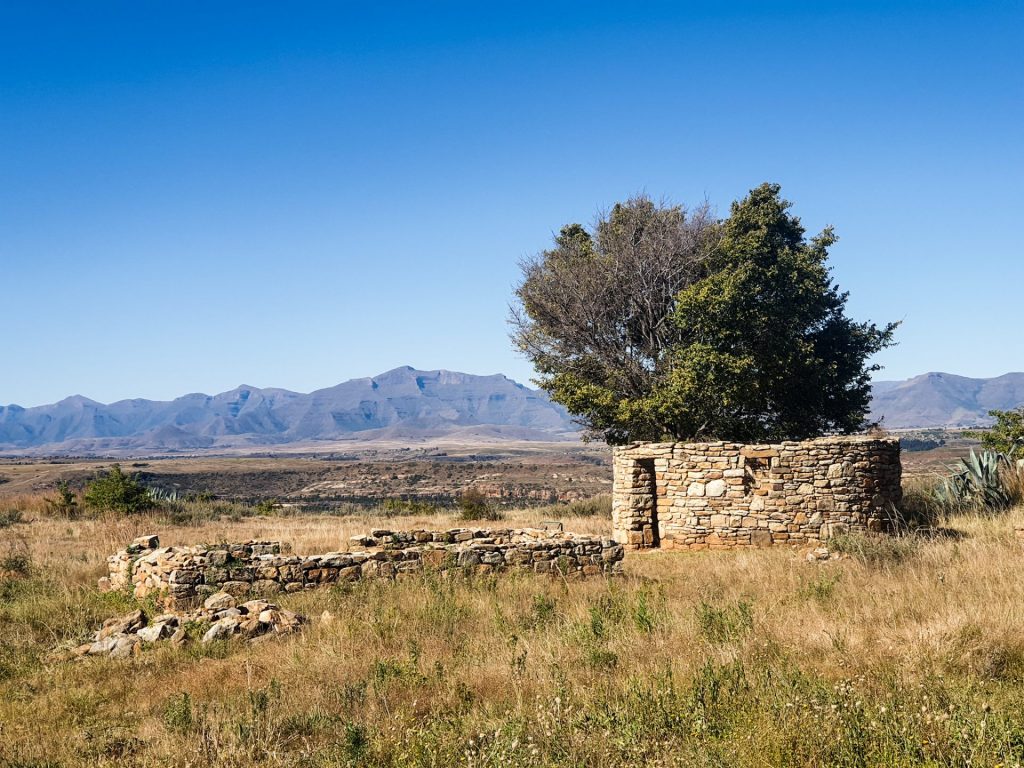
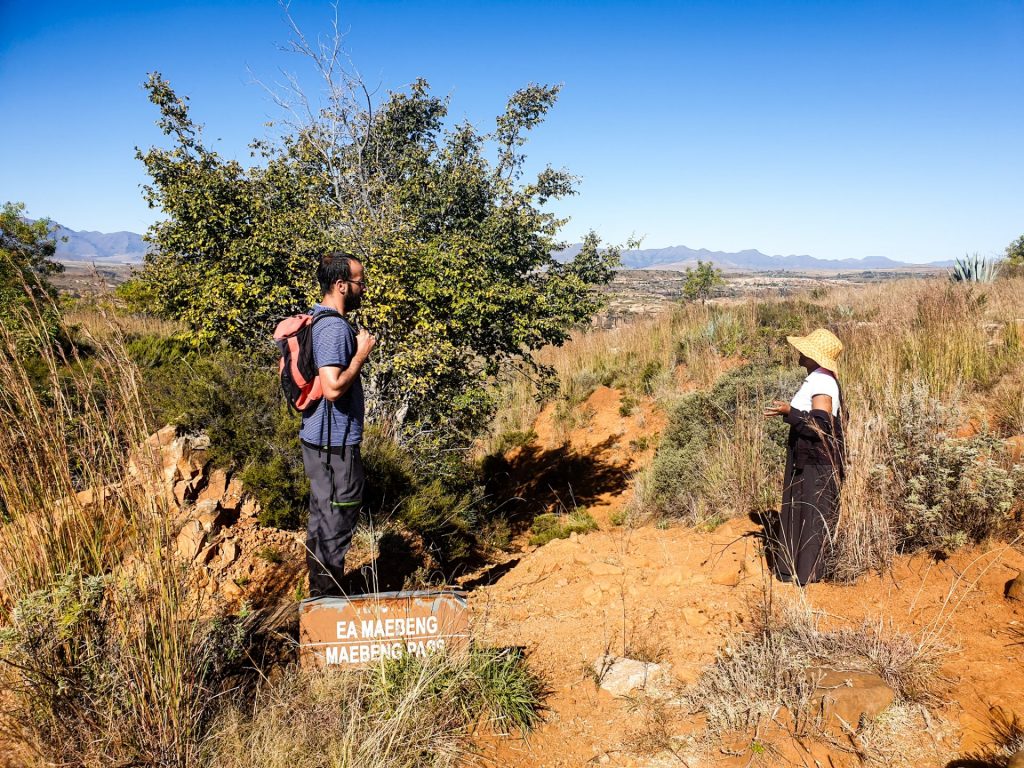

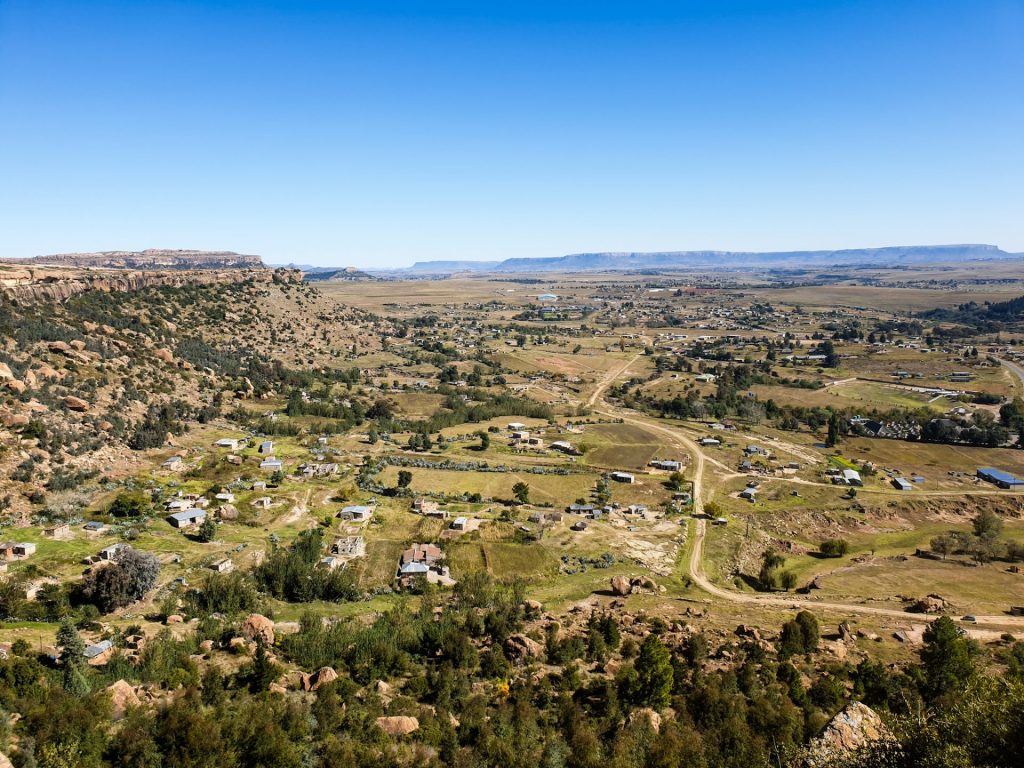



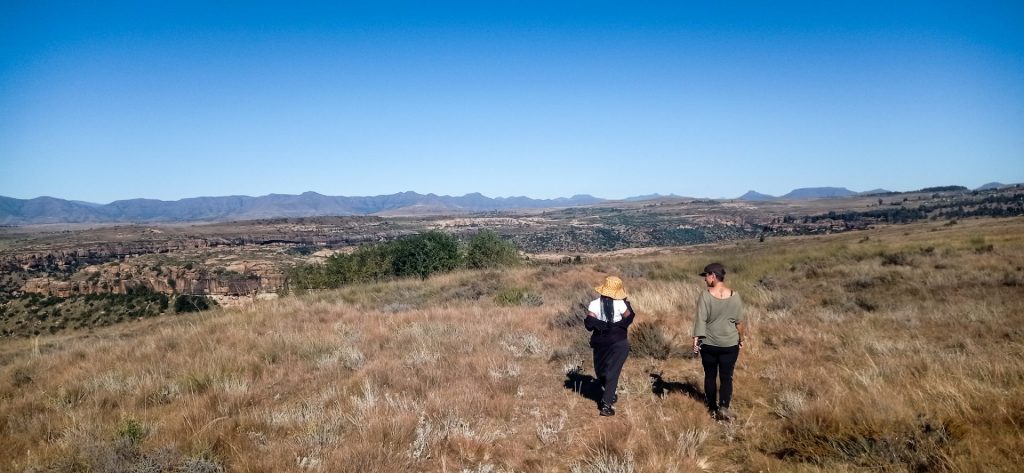

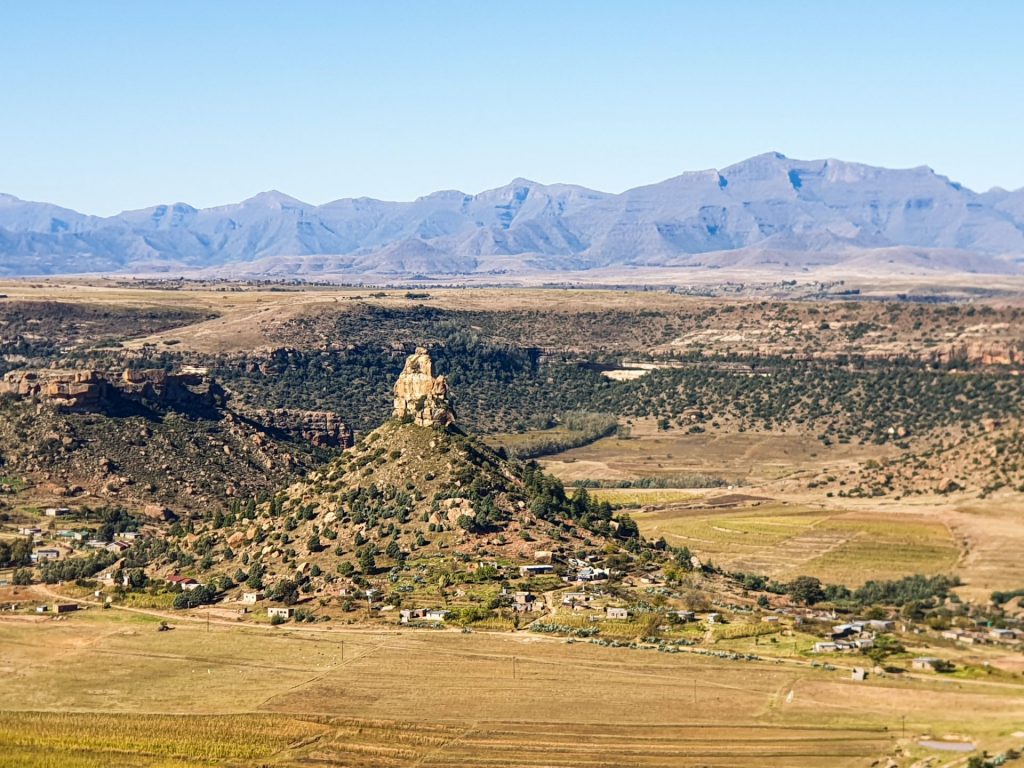
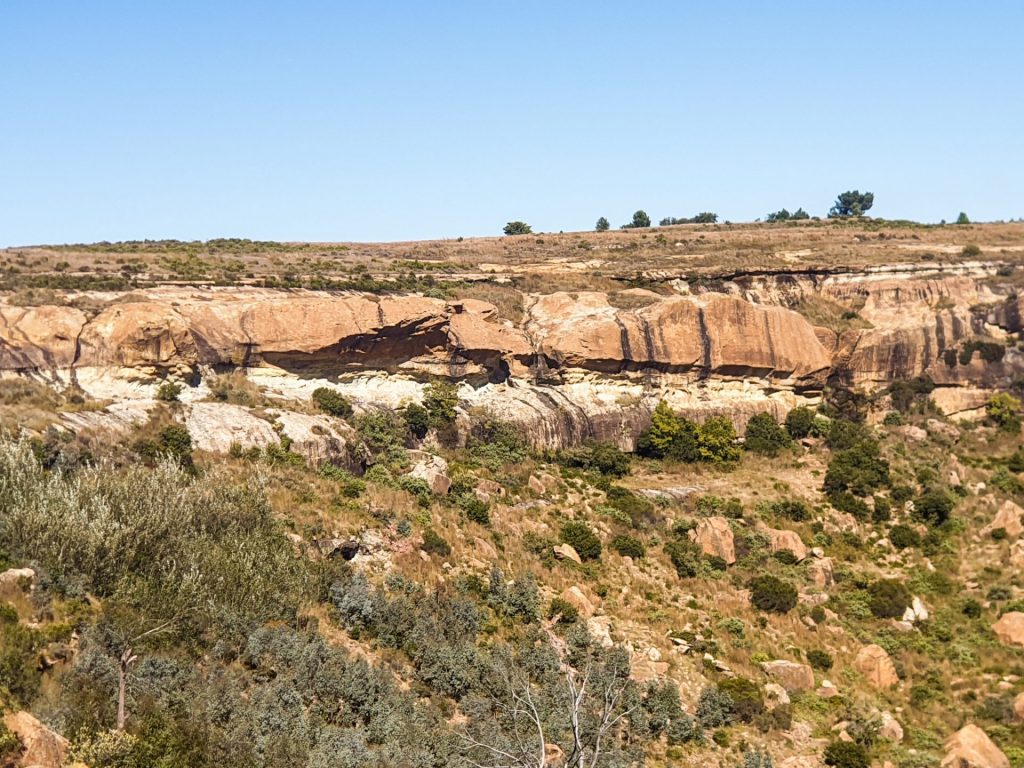





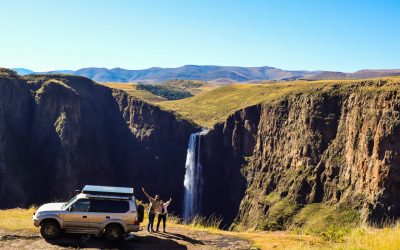


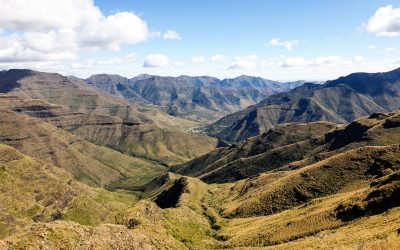

0 Comments